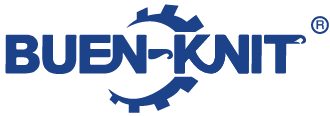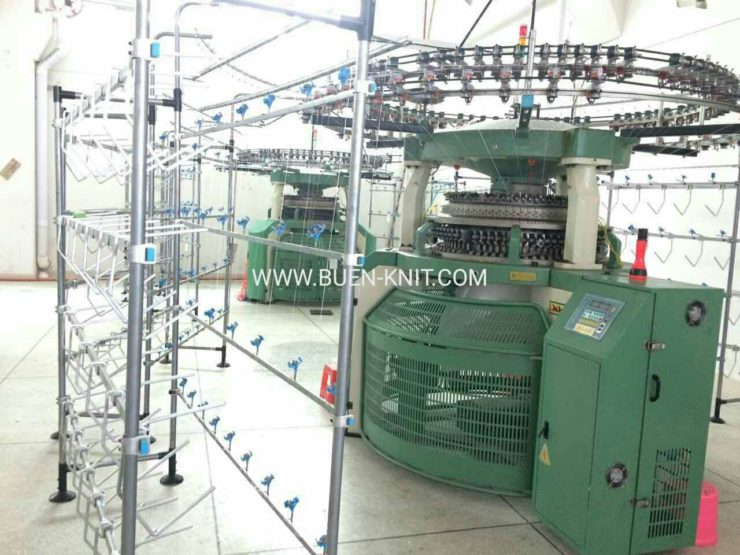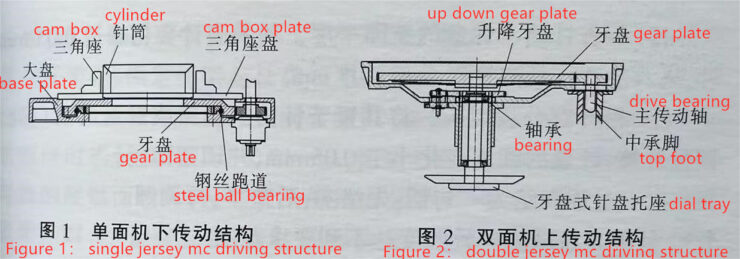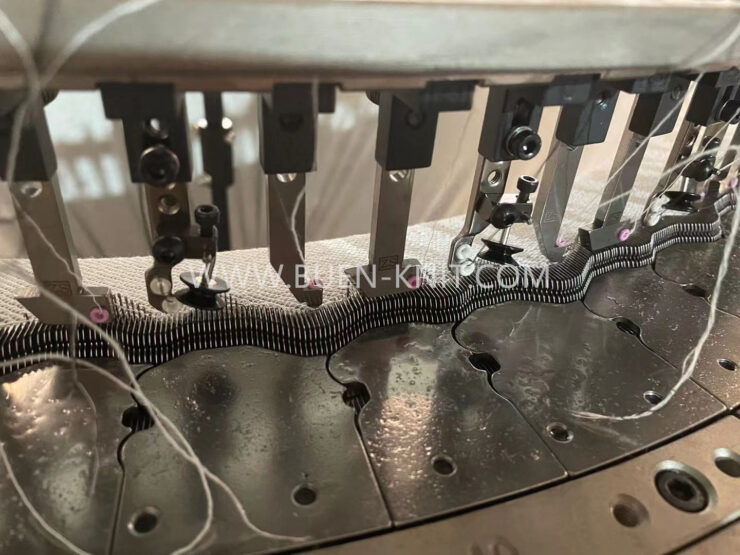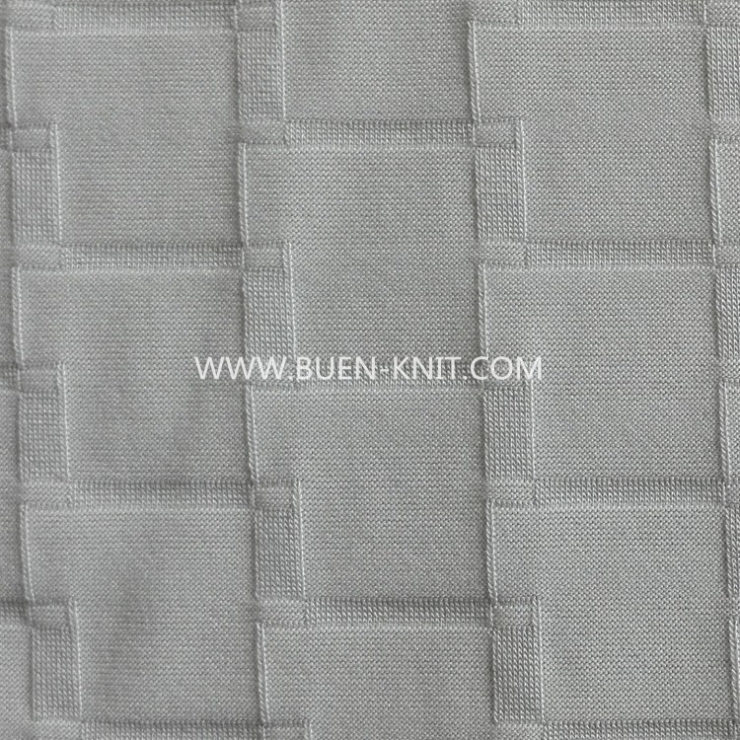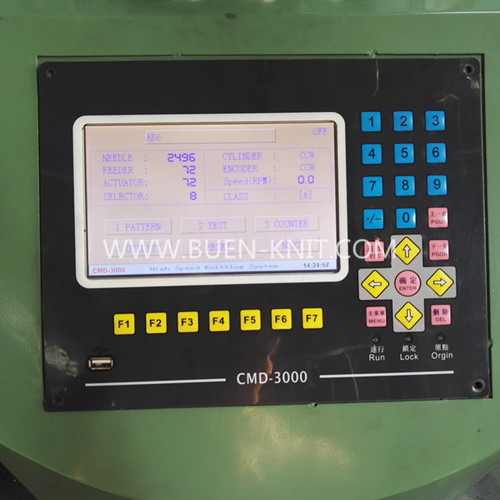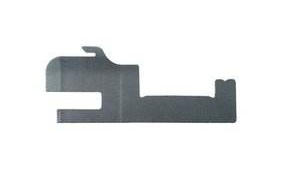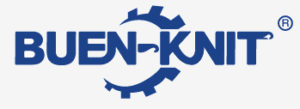Weft knitted fabrics maybe approximately divided into single or double jersey(“double-knit”) according to whether they were knitted with one or two sets of needles. It maybe preferable to include some of these fabrics in separate groupings of underwear and speciality fabrics. Pelerine eyelet, sinker wheel mesh tructures and float plated fabrics are mainly used for underwear whilst high pile and plush fabrics are speciality fabrics.
Most weft knitted fabric in continuous lengths s knitted on large-diameter, multi-feeder, latch needle machines and is slit into open width druing finishing. The emphasis is on productive efficiency and quality-control in the manufacture, finishing, and conversion of fabric into articles of apparel or other end-usages. This tends to encourage the establishment of large units with long production runs.
In post-knitting handling operations, the fabric must be maintained in as relaxed and tension-free a state as possible, in order to reduce the problems caused by dimensional distrtion and shrinkage. Apart from scouring, bleaching, dyeing, and printing, the finishing process offers a wide range of techniques for modifying the properties of the knitted structure including heat setting, stentering, decating, rasing, cropping, pleating and laminating.
In the catting room, the lengths of fabric are layed-up, many ply thicknesses deep, onto long cutting tables using a traversing carriage to transport and lay the fabric. Cutting-out techniques vary widely, from marked lays whose outlines are followed by hand-guided cutting knives, to press cutter blades shaped to the outline of the garment part, and cutting blades guided by a computerised programme.
In making-up weft knitted fabric, the lockstitch seam is not as suitable as it is for woven fabrics because it lacks extensibility. For jerseywear, the extensible double-locked chainstitch is useful. However, in the making-up of knitwear, the three-thread overlock is popular because, as well as being extensible, it securely binds the cut edges of the fabric after neatly trimming them.
For comfort in underwear and lingerie, a flat-butted seam secured by a flat seam such as the five-thread flat lock is generally preferred.
